New museum shows migration is 'everyone's' story
- Published
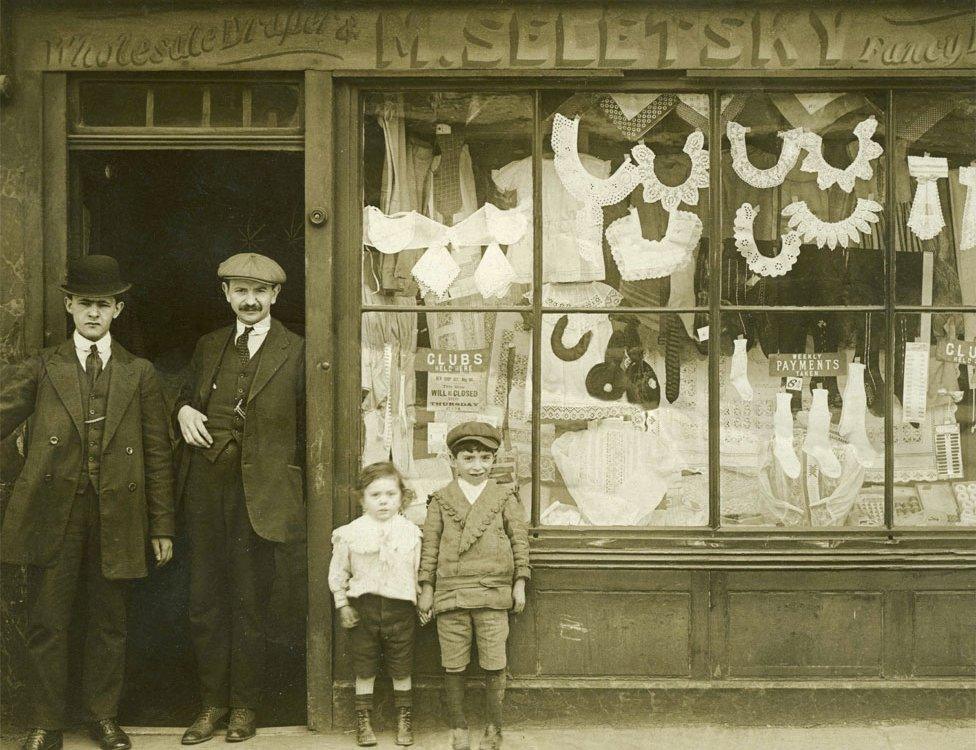
The museum features professional and amateur photographs going back to Victorian times
From this week London gets a new Migration Museum. It's starting out in a temporary home but the hope is that within a couple of years it will move to a permanent base. The director is a former immigration judge, who says almost all of us have a migration story somewhere in our family background.
Estate agents have declared that Vauxhall, just south of the Thames, is London's emerging new cultural quarter. Artist Damien Hirst's Newport Street Gallery and the about to reopen Garden Museum are nearby. But an old London Fire Brigade (LFB) vehicle workshop is an unlikely home for a new museum designed as a contribution to one of the big debates of our century - migration.
It can't quite claim to be London's first. In Spitalfields, East London, 19 Princelet Street contains a museum of diversity which gets more than 10,000 visitors a year. And there are also plans for a museum of migration in Liverpool.
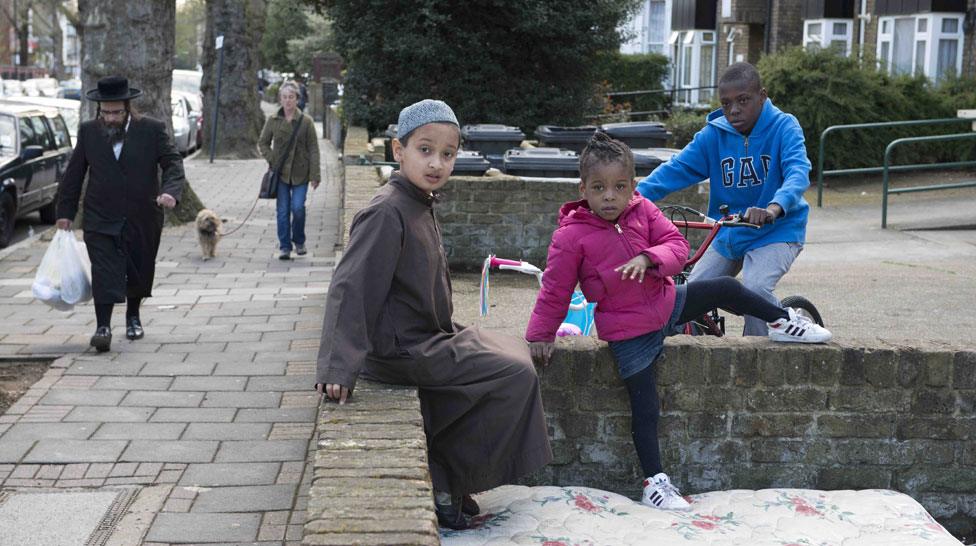
Cazenove Road in Hackney, East London is "a fantastic road because it shows such diversity," says curator Sue McAlpine
For at least a year the Migration Museum is to benefit from free premises while plans are developed for the total redevelopment of the LFB site. The project's director, former judge Sophie Henderson, is leading the task of finding a permanent home.
"We discussed whether we could go outside London but eventually we decided getting the footfall and the international visitors means this is the city to be in. We'd love to find somewhere by the Thames as historically it's been such a huge part of the long story of people arriving in Britain. And it saw so many people leave to start new lives elsewhere, which is part of the story too."
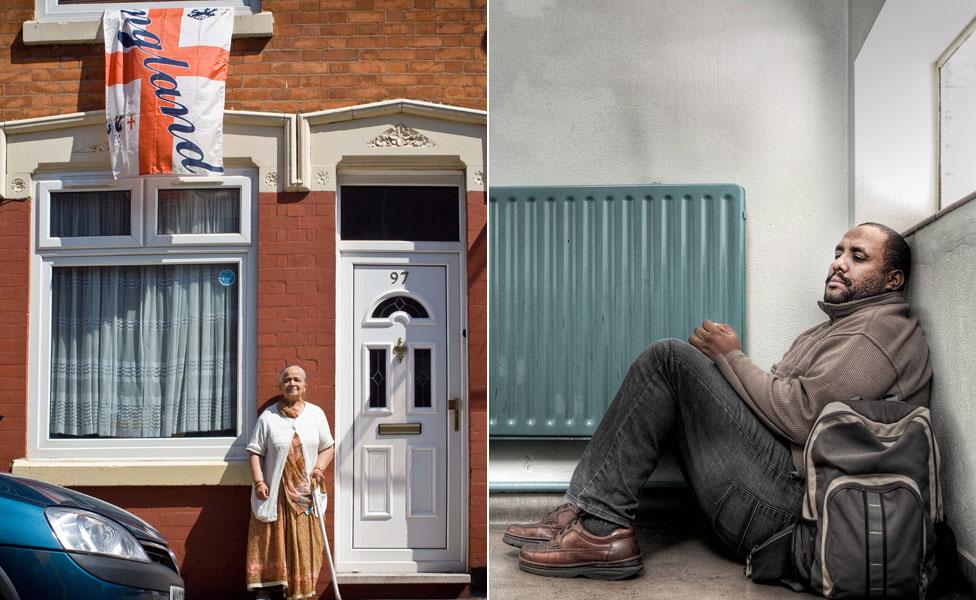
The images at the museum aim to show movement to and fro from the UK is a "long and magnificent" story
The museum is opening with two exhibitions as a taster of what's to come. One Hundred Images of Migration features professional and amateur photographs, which give a broad view of Britain's experience with immigration and emigration back to Victorian times. Call Me By My Name looks at the stories behind the headlines at the former migrant camp near Calais.
Henderson was a barrister specialising in immigration who went on to be an immigration judge. "We thought there was a gap in Britain's cultural landscape, which is crying out for a permanent museum like this. We're starting quite small but we want to tell the long and magnificent story of people coming to this country and leaving it over thousands of years. We want to be an important cultural space to contextualise this debate which seems on everyone's lips.
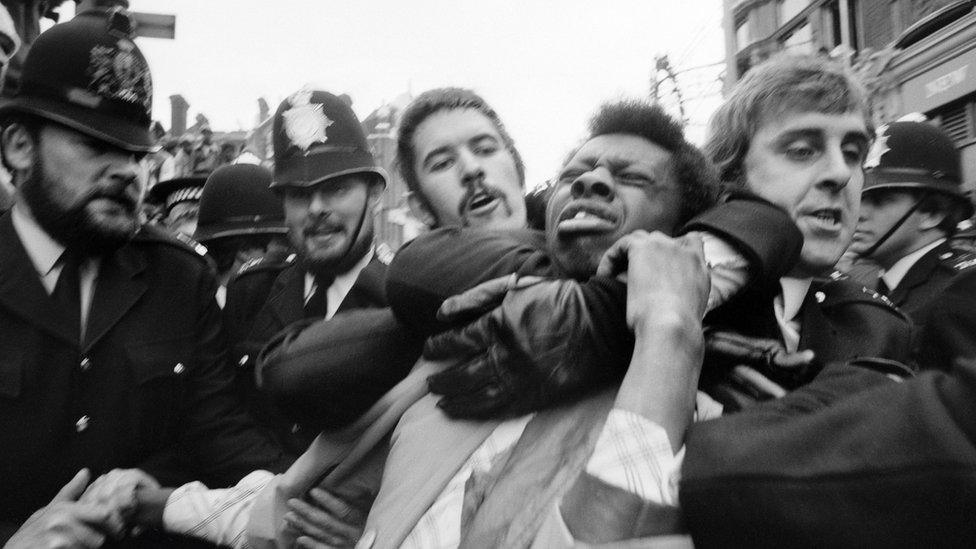
A race riot from 1977 London is featured in the opening exhibition
"By chance our opening has coincided with an election being called. But we hope to move the debate away from politics and the way the media often cover migration issues. They often have polarised positions and we need reasonable, calm debate. It's a massive issue and if you peel back the layers in almost any family in Britain you will find a migration issue somewhere. People think about it more in sound bites than they should."
The curator Sue McAlpine used to work at the Museum of London. Now she's in charge of what should go into the new museum in its start-up phase. "We don't have a permanent collection so for now we have to be very imaginative.
"The focus is visual but as we progress we'll have lots of special events for schools and colleges. There'll be discussions and podcasts and drama and oral history and even food pop-ups. Diversity will be key to making the museum an interesting place to visit.
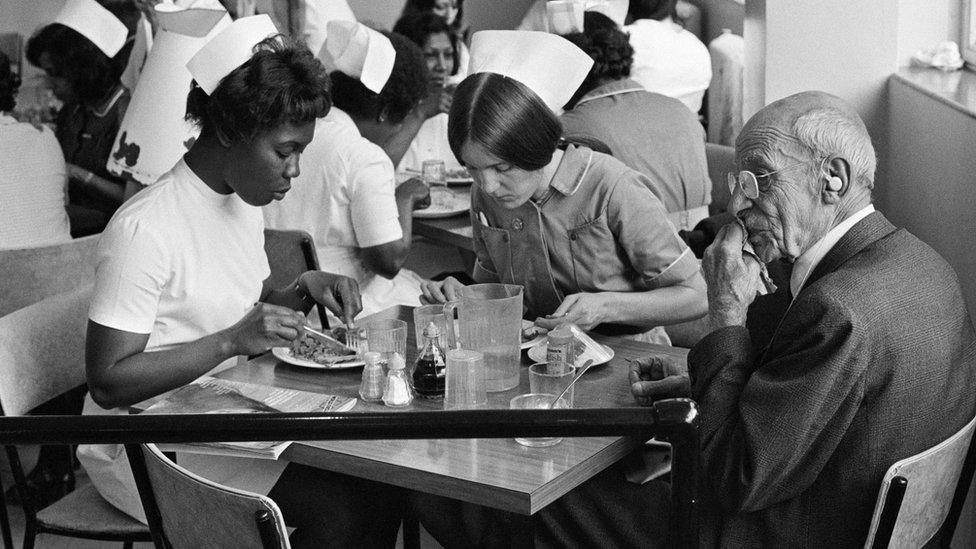
The historically important images have led to the museum receiving funding from trusts and charitable foundations
"Our opening exhibition has images dating back to 19th Century immigration into Britain and showing London's Italian community after the war. But one of my favourite pictures is more recent. It's of Cazenove Road in Hackney which I think is a fantastic road because it shows such diversity - there are synagogues nearby and a mosque and people from the Caribbean and I think it shows how Britain mainly is a welcoming place."
Since 2013 the project has received core funding from a group of trusts and charitable foundations. Henderson says in the longer term the project hopes for sponsorship as plans emerge for a new site. Entry to the museum is free.
Once the last-minute dramas of opening are dealt with, attention will shift back to future plans. Appropriately for a museum of migration the challenge now is finding a new home. It's there they will continue to tell, in the museum's slogan, "all our stories".
The Migration Museum is open from 26 April.